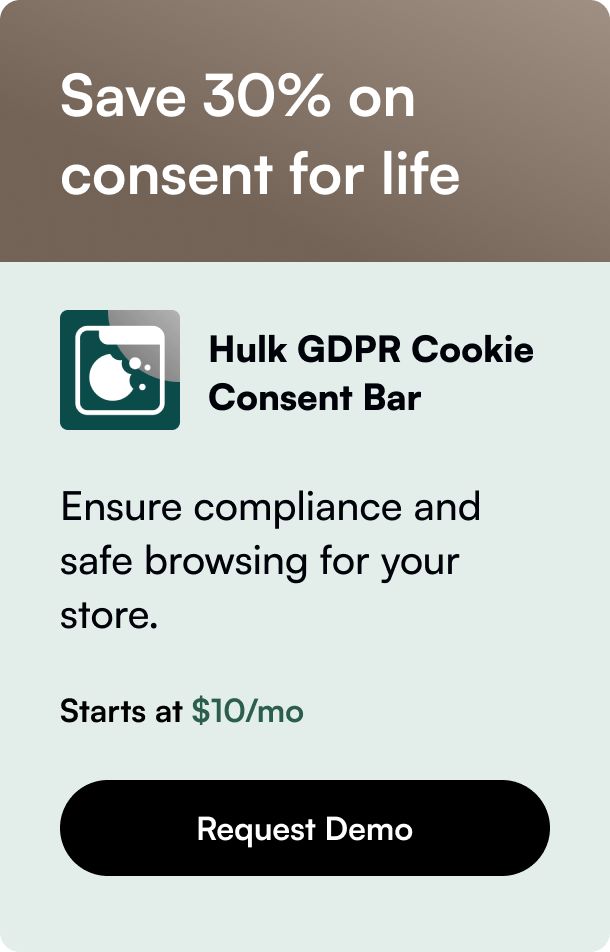Table of Contents
- Introduction
- Understanding Chargebacks
- Why Chargebacks Occur
- How to Prevent Chargebacks
- Addressing Chargebacks Once They Occur
- FAQ Section
Introduction
Imagine starting your day with a notification that you've received a chargeback from a customer. Not only does it put a dent in your profits, but it also means spending your valuable time disputing charges and potentially dealing with a tarnished reputation. For Shopify merchants, chargebacks can be a significant stress source, potentially costing you more than just money. Given that on average, 2.59% of all transactions might end in a chargeback dispute, it's clear that this issue isn’t just an occasional annoyance—it's a frequent hurdle every e-commerce business could face. This blog post is crafted to arm you with the knowledge and strategies necessary to significantly reduce the occurrence of chargebacks in your Shopify store. By diving into different types of chargebacks, understanding why they occur, and implementing best practices, you'll be in a strong position to protect your store's bottom line and reputation. Let's explore how you can preemptively tackle this challenge, ensuring your customers remain happy and your store thrives.
Understanding Chargebacks
A chargeback happens when a customer contacts their bank to dispute a transaction and request a refund directly from the bank instead of the merchant. The reasons can range from fraudulent transactions and billing errors to dissatisfaction with the product or service received. While chargebacks are designed to protect consumers, they can often be misused, leading to what's known as "friendly fraud." Merchants not only lose the revenue from the sale but may also be faced with additional fees, increased payment processing rates, and a damaged reputation if chargeback rates get too high.
Why Chargebacks Occur
Several common reasons for chargebacks have been identified, including:
- Product Not Received: The customer claims they never received the product or service they paid for.
- Product Unacceptable: The received product or service did not meet the customer’s expectations.
- Unrecognized Transaction: The customer does not recognize the transaction appearing on their bill.
- Fraudulent Transaction: The transaction was unauthorized, often due to stolen credit card details.
Understanding these triggers is critical in developing strategies to prevent chargebacks.
How to Prevent Chargebacks
Accurate Product Descriptions
Ensure that all product descriptions on your Shopify store are accurate and detailed. High-quality images, detailed specifications, and realistic expectations can help reduce dissatisfaction chargebacks.
Transparent Policies
Clearly state your return, refund, and shipping policies on your website. Customers should know what to expect in terms of delivery times, return procedures, and any restocking fees.
Effective Communication
Promptly respond to customer inquiries and complaints. An effective communication strategy can turn a potentially negative experience into a positive one, preventing a chargeback.
Use of Fraud Detection Tools
Shopify offers various tools and features that can help detect and prevent fraudulent orders. Setting up fraud analysis filters and using address verification services (AVS) can help reduce fraudulent chargebacks.
Regular Monitoring
Keep an eye on your chargeback ratio and review chargebacks as they occur to understand their causes better. This can help you identify any patterns or areas for improvement in your processes.
Customer Authentication
Use tools like CVV (Card Verification Value) and 2-factor authentication for transactions to ensure that the person making the purchase is the cardholder. This is particularly effective in preventing fraud-related chargebacks.
Addressing Chargebacks Once They Occur
Even with preventive measures, some chargebacks are inevitable. Here’s how to handle them:
- Respond Promptly: When a chargeback is filed, time is of the essence. Gather all relevant information and submit your evidence before the deadline.
- Maintain Accurate Records: Keep detailed records of customer interactions, receipts, shipping confirmations, and delivery proof to dispute chargebacks effectively.
- Learn from Each Case: Each chargeback is an opportunity to learn and improve your processes to prevent future occurrences.
FAQ Section
Q: Are all chargebacks disputes lost causes for merchants?
A: Not necessarily. If a merchant can provide compelling evidence that the transaction was legitimate and the product or service was delivered as promised, they may win the dispute.
Q: How can I track my Shopify store’s chargeback rate?
A: Most payment processors provide reports and analytics that include your chargeback rate. Regularly reviewing these reports can help you track your performance and identify any concerning trends.
Q: Can excessive chargebacks affect my ability to process payments?
A: Yes, having a high chargeback rate can lead to higher processing fees, and in severe cases, your payment processor might terminate your account or place you in a high-risk merchant category.
Q: Is it worth disputing chargebacks?
A: Yes, if you believe the chargeback is unjustified and you have the evidence to prove it. Successfully disputing chargebacks can help you recover lost revenue and reduce your chargeback ratio.
In conclusion, while chargebacks can seem like an unavoidable pitfall of running an online store, implementing the right strategies can significantly reduce their frequency and impact. By fostering transparency, emphasizing customer service, and utilizing fraud prevention tools, Shopify merchants can safeguard their stores against unwarranted disputes. Remember, a proactive approach is key to maintaining a healthy relationship with your customers and ensuring the longevity and profitability of your e-commerce business.








